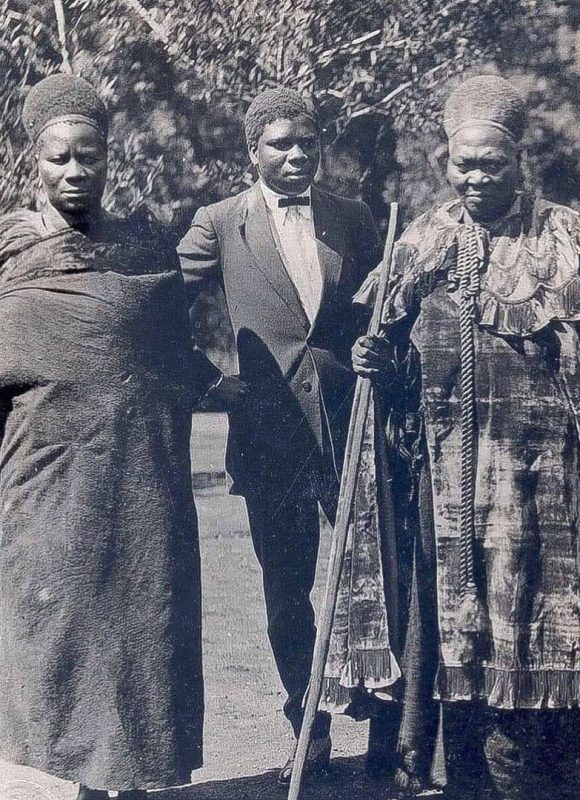PIONEER
Queen Labotsibeni Gwamile Mdluli

Head of State | Journalist | Political and Cultural Commentator
Born: 1858 Died: 15 December 1925
“We Swazis, are a proud people, and the Swazis will keep their independence under Labotsibeni, the Wise She-Elephant! That is me … against Dingane, against Shaka, against the Boers, against the English. The Swazis shall not be conquered!”
Who is
Queen Labotsibeni Gwamile Mdluli?
Leader of Swaziland in the early 20th century and political activist.
Professions
and Roles
Leader, political activist, newspaper financier.
Best Known For
Performing the duties of the Queen Mother and Queen Regent of Swaziland, the longest running female ruler of the country.
Life highlights
- After her husband, King Mbandzeni died unexpectedly in 1889, Mdluli became the Ndlovukazi, or Queen Mother of the heir. Bhunu, her son, was 15 years old. At the time, Swaziland was ruled by a dual-monarchy – the King, and his Mother.
- The role of a Queen Mother was to advise and counsel the young King, and as such, Labotsibeni Gwamile held considerable power in managing the affairs of the state.
- Bhunu’s rule was also short, as he died in his twenties. Because all of his children and potential heirs were infants at the time, the responsibility of ruling fell to Labotsibeni Gwamile. For 22 years, she ruled as Queen-Regent.
- After the South African War, Swaziland became a British Protectorate. Two thirds of the former Swati kingdom’s land was lost through this proclamation for European settlement. Queen Labotsibeni established a scheme to buy back land from colonial settlers called the Lifa Fund. She raised £40 000 to try buy land back.
- The Lifa Fund had limited successes during her lifetime but its legacy was powerful – by the 1960s, approximately 60% of Swazi land was reclaimed through purchases of the Lifa Fund.
- Mdluli was fundamental in founding the newspaper Abantu Batho with members of the South African Native National Congress (SANNC) in 1912. The newspaper encouraged black political elites to unite and fight tribalism, and it became an important mouthpiece for the organisation. It was printed in English, Sotho, Tswana, Xhosa, and Zulu. At some point, she became the main shareholder.
- During WWI, she bought an aircraft for the British war efforts, worth £1 000. She made sure that the aircraft was named after herself.
IN THEIR OWN WORDS
“I felt I must lose no time. I told the council all our weapons had failed and now with our own strength we must set out with determination to buy back as much as we can of our dear little Swaziland … [W]e are against class legislation because it must necessarily interfere with our natural progress and makes the European the sole judge to determine which course the evolution of our natural history and ideals should take.”
– Labotsibeni Gwamile Mdluli, June 1914
IN THE WORDS OF OTHERS
“Two factors account for Labotsibeni’s achievements: her position as Ndlovukazi and her indomitable character. Both the Swazi and the whites … commented on her outstanding intelligence, her mental grip, perception, wit, determination, self-assurance, and energy, her skill in conducting discussions, her shrewd judgment and ability to unravel the most intricate Swazi disputes, her adamancy, indomitability, and her dignity … as well as her powers of rain making.”
– Themba Ginindza, in Labotsibeni/Gwamile Mdluli: The Power Behind the Swazi Throne, 1875-1925
Filmer, H and Jameson, P (1960) Usutu! A Story about the Early Days of Swaziland
Ginindza, T (1997) ‘Labotsibeni/Gwamile Mdluli: The Power behind the Swazi Throne 1875-1925’, in F. Kaplan (ed.), Queens, Queen Mothers, Priestesses, and Power: Case Studies in African Gender
